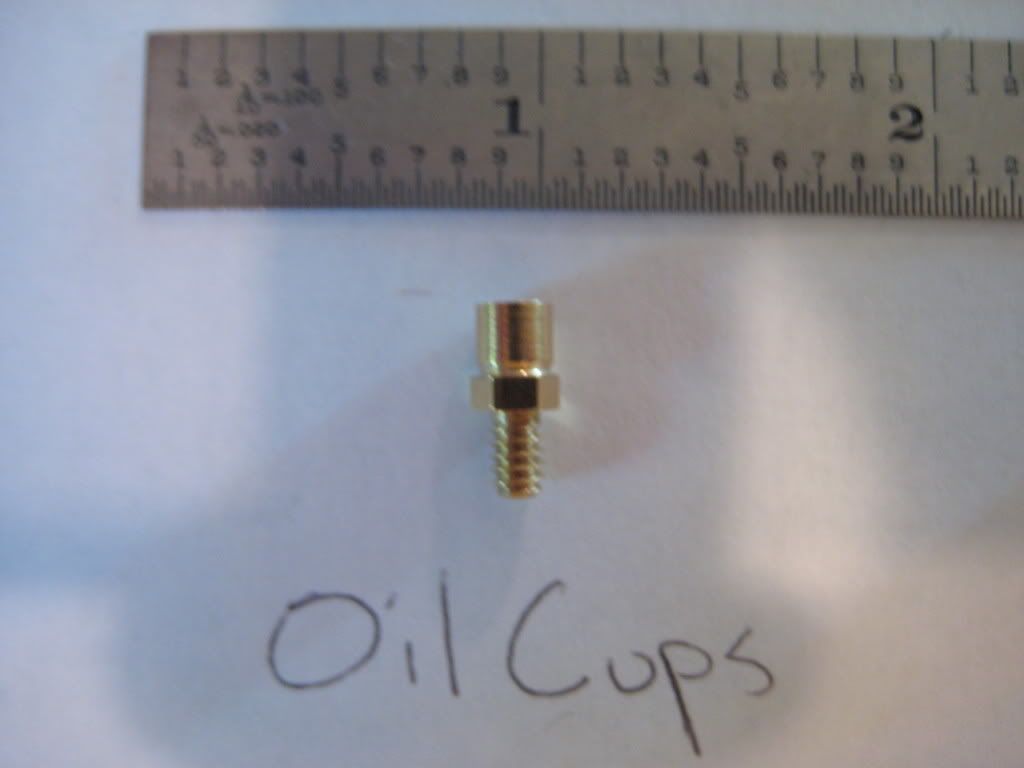Brass_Machine
Well-Known Member
- Joined
- Aug 28, 2007
- Messages
- 1,314
- Reaction score
- 7
Base - Will be made thicker and larger footprint to allow for use of cap head screws and some detail work.
Bearings - a threaded 6-32 hole to allow the use of oil cups
Cylinder - 1/2 " longer shaft to allow mounting of the flywheel on the outside.
Extra spacer - Machined to the width of the flywheel to allow flywheel to be moved to the outside of small bearing.
Cam Ring - Machined to allow lettering at the top. Color still undecided
Forks - Wes's idea of a set screw
Bearings - a threaded 6-32 hole to allow the use of oil cups
Cylinder - 1/2 " longer shaft to allow mounting of the flywheel on the outside.
Extra spacer - Machined to the width of the flywheel to allow flywheel to be moved to the outside of small bearing.
Cam Ring - Machined to allow lettering at the top. Color still undecided
Forks - Wes's idea of a set screw






